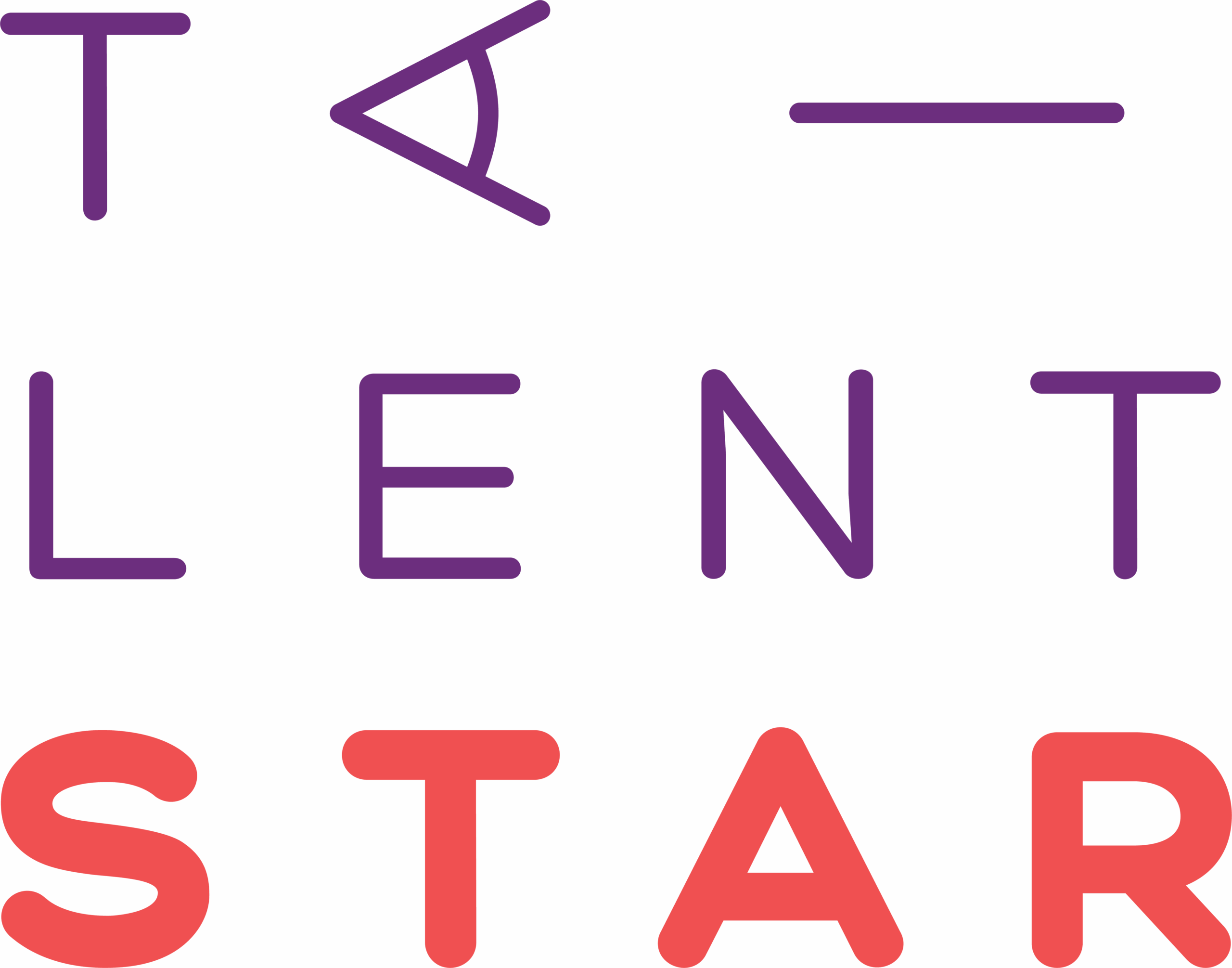
Your Next Job: Step 1
This is the beginning of a series of posts called When your new job is to find your next job.
Once upon a time, employment was a seller’s market, and any architect, designer, manager, or marketer could get a good job with a decent CV and portfolio of achievements. In the beginning of The Great Recession, Jenna M. McKnight wrote “The Architect’s Survival Guide” for Architectural Record, with suggestions to ensure one’s longevity in the profession.
I’ve been focused on talent strategies for more than 30 years, and it has never been likely that someone else would find a job for you — at least, not without some effort on your part. It can take ingenuity and diligence. But perhaps most important is the realization that your job is always to find your next job — whether it’s within your current firm or in a new situation.
What’s the best way to find the right career opportunity for yourself? Here are some practical suggestions for opening new doors of opportunity, especially in difficult times.
Step 1: Market Research
Before you can position yourself with targeted employers, conduct your own research to learn more about them. It’s not just about the work; it’s also about the leadership, organization, culture, and experience.
Obviously, there are lists of firms in all of the A/E/C publications, as well as professional associations with their lists of members and firms. There’s also the internet with all of its resources, and social networking platforms like Instagram, where you can get a better sense of a company’s curated point-of-view. LinkedIn was created for professional networking but has become a platform for firms to amplify their image, identity, culture, and thought leadership.
Where should you start? Who is in the best position to help you?
One of your best sources is your own “C-Suite” — colleagues or classmates, consultants, contractors, and clients — people who do business with the people and companies with whom you want to connect. If you have good relationships with them, they will want to be able to help you. Now is the time to draw on them as resources, but come prepared with the list that you’ve researched. Ask them about specific firms, and don’t be surprised if they offer to make introductions on your behalf.
Tip #1: If a client recommends you to a firm with whom they are working, you will get an interview.
Would you like more ideas?
In the coming weeks, we’ll continue to provide step-by-step suggestions for opening new doors of opportunity. Stay tuned!
Step 1: Market Research – posted
Step 2: Mapping – posted
Step 3: Market Positioning – posted
Step 4: Professional Credentials – posted
Step 5: New Market Opportunities – posted
Step 6: Presentation – posted
Step 7: Rainmaking – posted
* * *
Thank you for reading! If you have suggestions, please reach out to us via LinkedIn or email.
For more help with your career and professional development, check out our HELP DESK.
Suggested resources:
- Archinect offers a feature section on Employment. It includes a link to “How to Use Archinect to Get a Job: Optimizing Your Profile with Your Current Portfolio and CV.”
- DesignIntelligence publishes excellent insights and information on the AEC industry. They have recently made their publications available for download.
* * *
The original article was published by ArchNewsNow in 2009 and has been updated for 2021.

